Since yeast is often associated with bread, a lot of celiacs often wonder if it is gluten free! From cakes to breads and doughs, yeast is present in almost everything. Is yeast extract gluten free?
Yeast extract is usually not gluten-free. However, you need to check the product label. There are different types of yeast extracts available, some are gluten-free while some are not.
This article is all about what yeast extract is, its types, and other such things you need to know before adding it to your gluten-free diet. Read on to know more about whether you can have yeast extract or not.
Table of Contents
- 1 What Is Yeast Extract?
- 2 What Do We Use Yeast Extract For?
- 3 What’s There in the Yeast Extract? What is it Made Up Of?
- 4 Types of Yeast that are Gluten Free?
- 5 Can Celiacs Consume Yeast Extract?
- 6 Is Autolyzed Yeast Extract Gluten-Free?
- 7 Is Yeast Extract Vegetarian?
- 8 Frequently Asked Questions
- 9 Final Thoughts
What Is Yeast Extract?
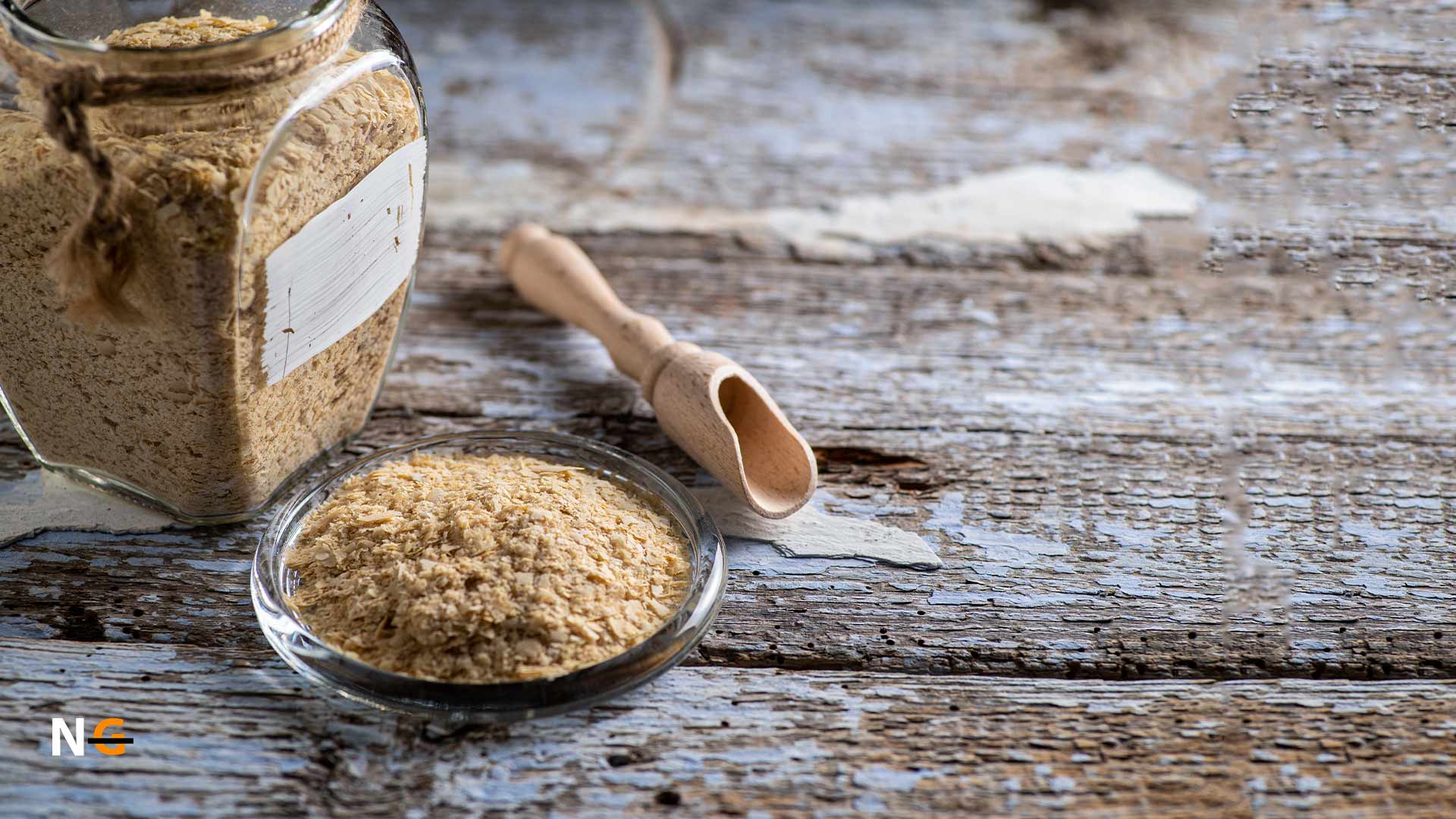
Yeast extract is a food flavoring or additive that’s used in many processed foods. It has a savory flavor making it ideal for frozen meals, gravies, snack foods, and umami flavors. Generally, yeast extract is available in a liquid form, but it is also available in a powder or paste form, depending on the manufacturer.
The most popular products with yeast extract as the main ingredient are Vegemite and Marmite. These are two famous spreads used in Australian and British Cultures.
Related Posts:- Is Bud Light Seltzer Gluten Free?
What Do We Use Yeast Extract For?
As discussed above, yeast extract is present in food items with umami or savory flavor. These eatables include marinating meats, sauces, and stews. Yeast extract is pretty common in the processed food industry and is commonly used in bouillon, gravy, soups, crackers, and frozen foods.
A plethora of salty as well as spicy processed foods also contains different types of yeast extract.
What’s There in the Yeast Extract? What is it Made Up Of?
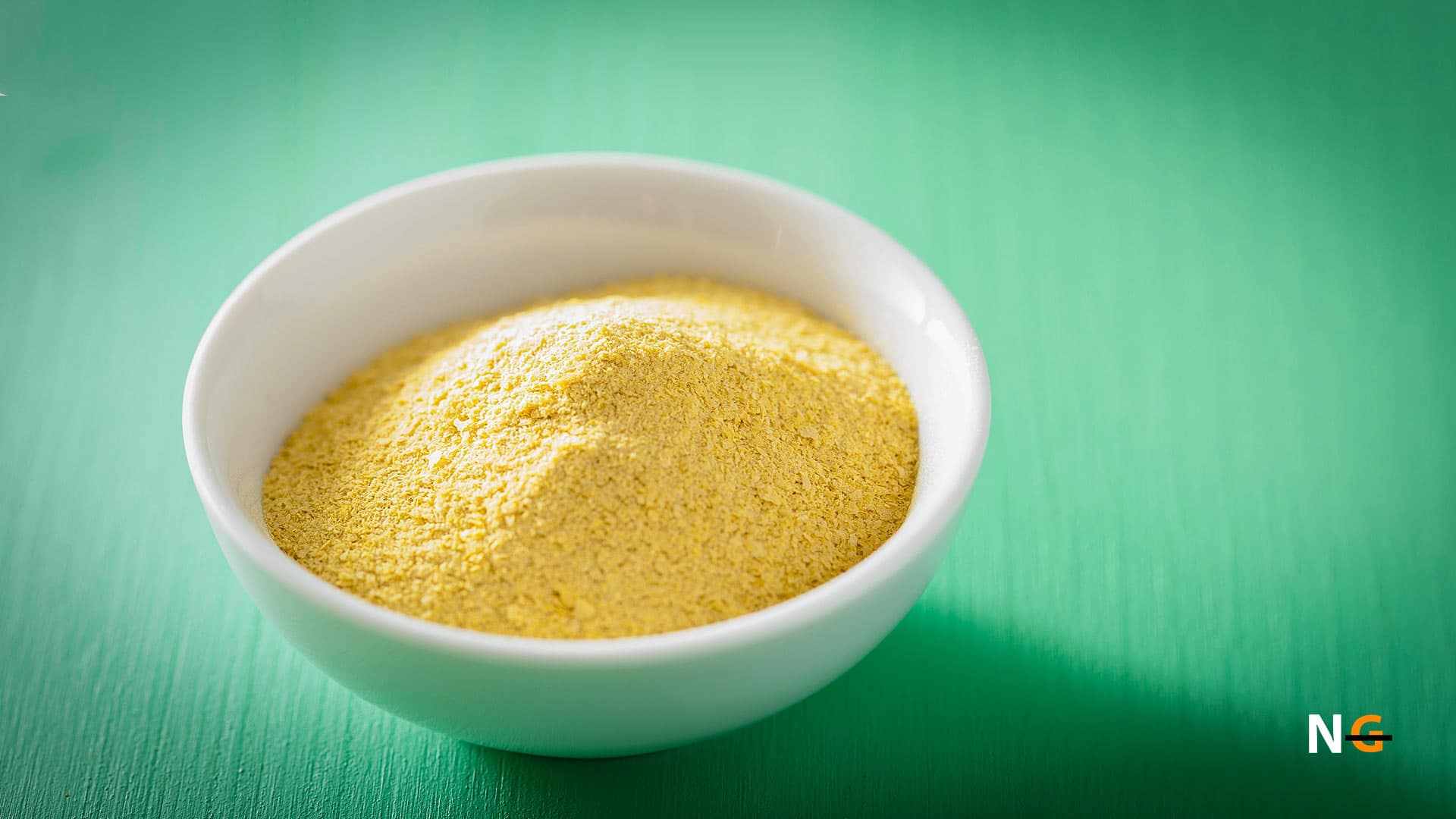
Yeast extract is almost the same type of yeast used in making bread and brewing beers. As per Healthline, yeast extract goes through a process that involves sugar and a warm environment. The mixture is added to a big centrifuge where it is spun and whisked properly.
The texture of yeast extract is a little gooey, but it is not very sticky and mixes well with different types of dishes.
Types of Yeast that are Gluten Free?
There are multiple types of yeasts available, and some of them are gluten free. Below you’ll find the three gluten-free types that celiacs can use in their meals.
1. Fresh Yeast
Fresh yeast occurs naturally and is entirely free from gluten. Found in several store bakeries, as well as retail bakeries, yeast extract is safe for celiacs and does not cause any allergies and irritations. However, there is a higher chance of cross-contamination in the bakeries.
You can use yeast extract if you want to use it at home or at a place where cross-contamination is not possible.
2. Yeast Extract
Most brands offer yeast extract, which is free from gluten and can be consumed on a gluten free diet. The extract is used in bakeries, while people also use it at home for cooking purposes. Make sure to go through the product label to check if the yeast extract you want to use is gluten free or not.
3. Dried Yeast
Available in powder form, dried yeast is the most common type. It is naturally gluten free and is used in several products. It is suggested to go through the product label since some brands do not offer gluten free dried yeast.
Can Celiacs Consume Yeast Extract?
There is no definite answer to this, as not all products containing yeast extract are gluten free. You should check the product label or contact the manufacturer to ensure the product you are buying is gluten free. Here are a few things celiacs should keep in mind when consuming products with yeast extract.
- Avoid Cross-contamination
If you want to have something at the restaurant, you need to ask the server staff. Tell them about your gluten allergy, and ask them to prevent cross-contamination.
- Don’t Use It if Not Necessary
If you are preparing a dish that does not necessarily require yeast extract, you should avoid using it. This is the best way to avoid gluten allergies.
- Only Go for Popular Brands
You should only consider popular yeast extract manufacturers that are well known for their gluten-free products. Some of these brands include Vegemite and Marmite.
Is Autolyzed Yeast Extract Gluten-Free?
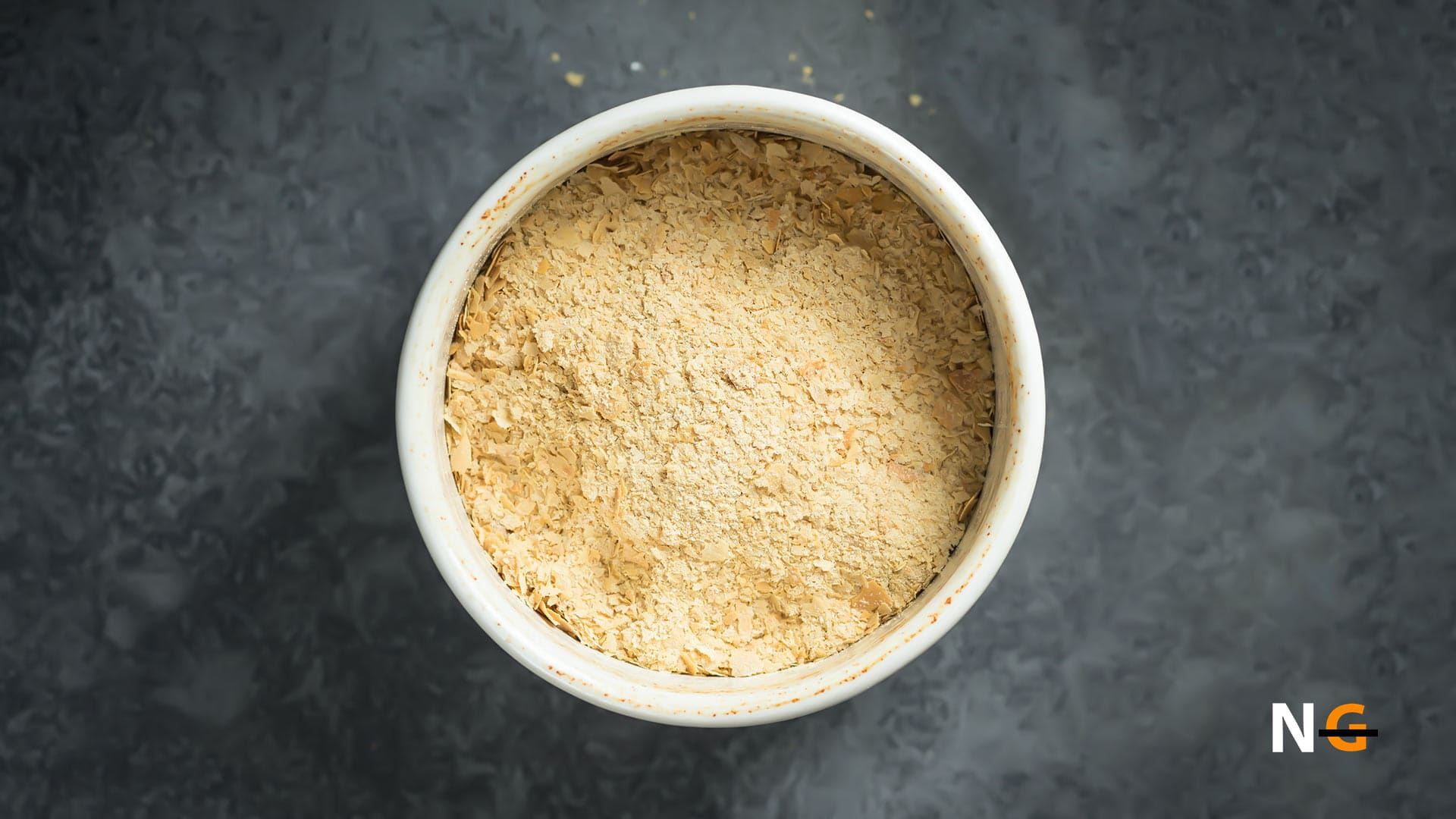
Autolyzed yeast extract is not gluten free, but autolyzed yeast is gluten free. The main ingredient of autolyzed yeast extract is barley which contains gluten; therefore, it is not safe for celiacs. Therefore, you should avoid consuming foods and products that contain autolyzed yeast extract.
Is Yeast Extract Vegetarian?
Yes, yeast extract is vegetarian and does not contain any animal extracts or anything that can make it unfit for vegetarians. However, you need to make sure that the yeast extract you are using is gluten free and that the manufacturer has listed it on the label.
Frequently Asked Questions
Q: Is yeast extract in chicken broth gluten-free?
A: It depends on the yeast extract that you are using. Not all brands offer gluten free yeast extract, and therefore, the chicken broth containing it can be or cannot be gluten free.
Q: Can people on a gluten-free diet eat yeast extract?
A: People on a gluten-free diet can eat yeast extract that does not contain barley. You need to check the list of ingredients to ensure the yeast does not contain gluten.
Q: What is the difference between yeast and yeast extract?
A: The basic difference between yeast and yeast extract is the process of making it. Yeast extract is made from pasteurizing the yeast, whereas yeast is a unicellular organism.
Q: Is baker’s yeast extract gluten-free?
A: Yes, Baker’s Yeast is gluten-free, and people on a gluten-free diet can add it to their meals. Both instant, as well as active yeast from Baker’s, are gluten free.
Final Thoughts
Now that you know if yeast extract is gluten free or not, you can decide if you want to add it to your food. Always trust a reputable manufacturer that offers high-quality yeast extract and prevents it from cross-contamination.
Also, ensure knowing about different types of yeast and their characteristics before using them in any gluten-free dish.
At Nothing Gluten, we bring you the most valuable information about different foods and their gluten-free properties. Stay tuned with us for more exciting articles on your favorite foods, brands, and ingredients to know if they are gluten free or not.
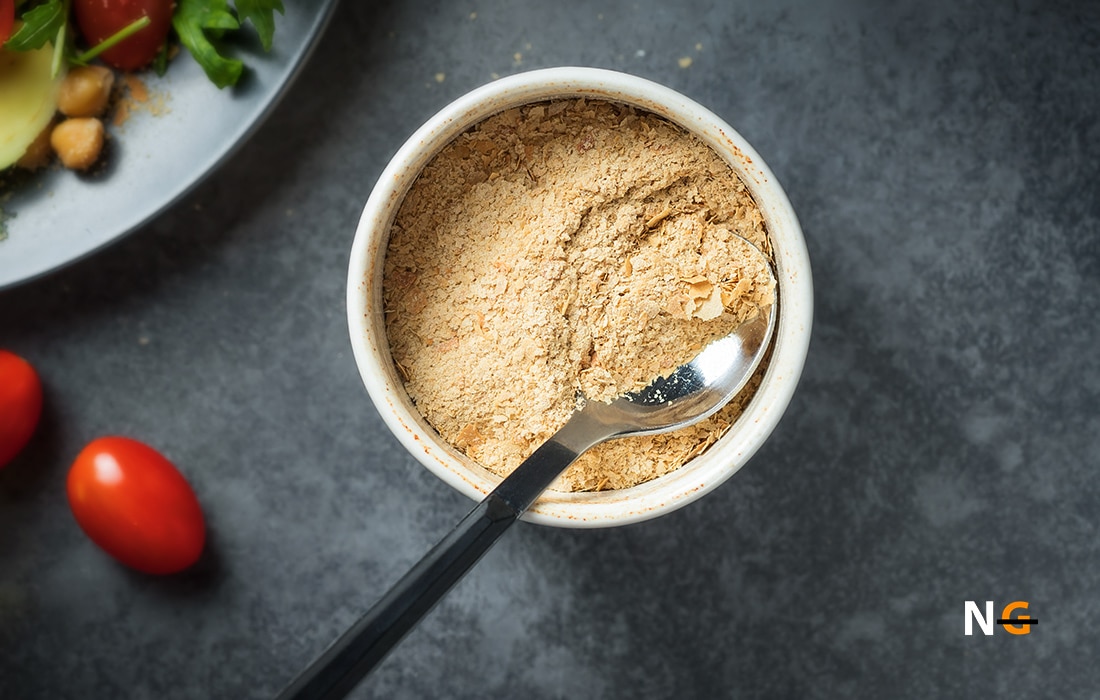
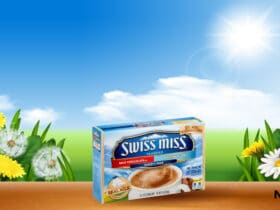
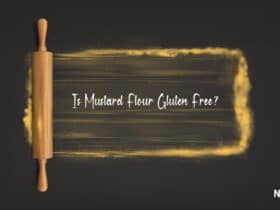
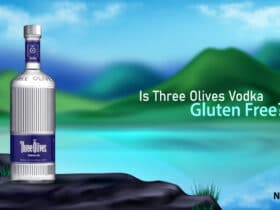
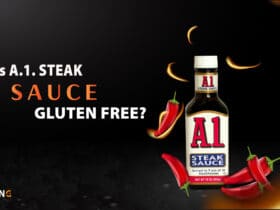
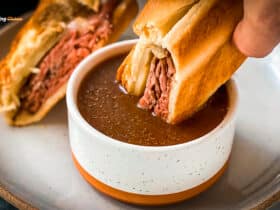

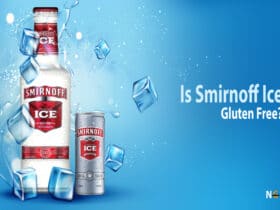
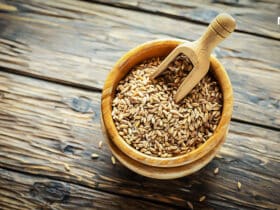
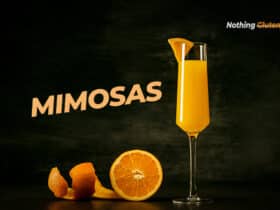
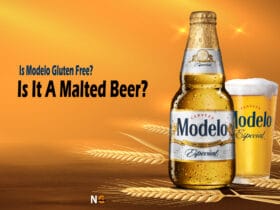
Leave a Reply
View Comments